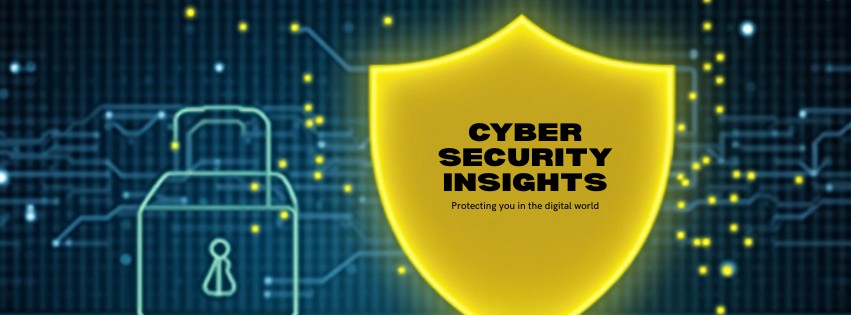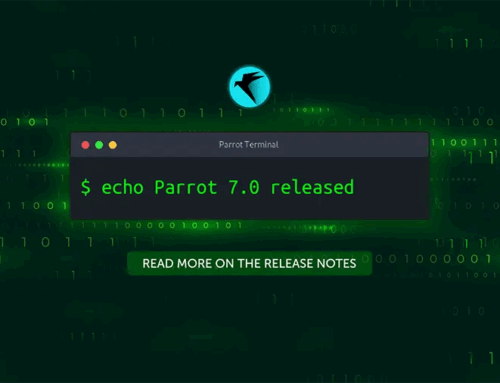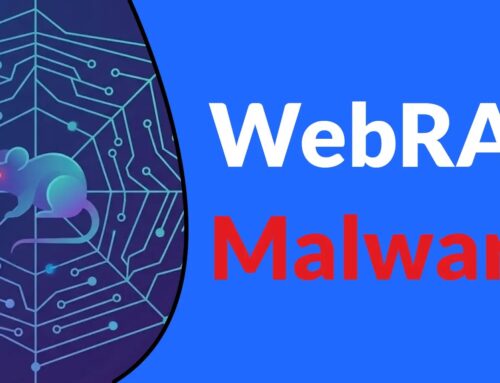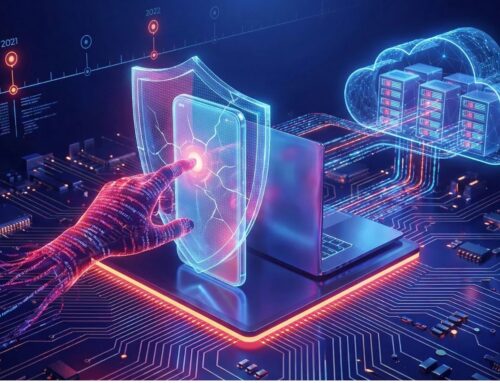
10 Best Network Security Solutions For Chief Security Officer To Consider – 2025
# Comprehensive Guide to Network Security Solutions for CSOs
**Introduction**
In today’s digital landscape, network security is more crucial than ever, especially for Chief Security Officers (CSOs) tasked with protecting their organization’s sensitive information. Cyber threats are constantly evolving, making it essential to adopt comprehensive network security solutions. This blog provides insightful information aimed at helping CSOs navigate the complexities of network security.
**Table of Contents**
1. What is Network Security?
2. Importance of Network Security for CSOs
3. Types of Network Security Solutions
– Firewall Protection
– Intrusion Detection Systems (IDS)
– Virtual Private Networks (VPNs)
– Endpoint Security
– Security Information and Event Management (SIEM)
4. Best Practices for Implementing Network Security Solutions
5. Future Trends in Network Security
6. Conclusion
**1. What is Network Security?**
Network security encompasses a range of technologies, policies, and best practices designed to protect networked systems from unauthorized access, misuse, and damage. This vital discipline aims to safeguard the data integrity, confidentiality, and availability within a network.
**2. Importance of Network Security for CSOs**
As gatekeepers of organizational security, CSOs face immense pressures to defend against sophisticated cyber threats. The significance of network security is multi-faceted:
– **Data Protection:** Helps prevent data breaches that could lead to financial loss and reputational damage.
– **Regulatory Compliance:** Assists organizations in meeting compliance requirements such as GDPR, HIPAA, etc.
– **Business Continuity:** Reduces downtime caused by cyber-attacks, preserving productivity and operational integrity.
**3. Types of Network Security Solutions**
Understanding various network security solutions can help CSOs make informed decisions tailored to their organization’s needs. Here are key solutions:
### Firewall Protection
Firewalls serve as a barrier between trusted internal networks and untrusted external networks. They monitor incoming and outgoing traffic based on established security rules.
### Intrusion Detection Systems (IDS)
IDS tools analyze network traffic for suspicious activity and potential threats. These systems help CSOs detect breaches in real time and respond effectively to mitigate damage.
### Virtual Private Networks (VPNs)
VPNs create a secure tunnel for data transmission over the internet, ensuring that sensitive information remains confidential even in less secure environments.
### Endpoint Security
Endpoint security solutions protect devices such as laptops, smartphones, and servers that connect to the network. They focus on detecting and responding to threats that target endpoint devices.
### Security Information and Event Management (SIEM)
SIEM systems aggregate and analyze security data from across the organization, offering insights into potential risks, threats, and compliance needs.
**4. Best Practices for Implementing Network Security Solutions**
To maximize the efficacy of network security solutions, CSOs should consider the following best practices:
– **Regular Security Assessments:** Conduct routine vulnerability assessments and penetration testing to identify weaknesses in the network.
– **Employee Training:** Regular training sessions on cybersecurity best practices can empower employees to recognize and report suspicious activities.
– **Continuous Monitoring:** Implement tools that provide real-time monitoring and alerting to identify breaches quickly.
– **Incident Response Plan:** Develop and maintain a robust incident response plan to address breaches effectively.
**5. Future Trends in Network Security**
As cyber threats continue to evolve, so too will network security strategies. Key future trends include:
– **Artificial Intelligence (AI):** AI-powered solutions will play a significant role in threat detection and automation, making systems more intelligent and responsive.
– **Zero Trust Architecture:** This approach assumes that threats can exist both inside and outside the network, requiring strict verification for all users.
– **Increased Focus on Remote Work Security:** As remote work becomes the standard, there will be a heightened emphasis on securing remote access and communications.
**6. Conclusion**
For CSOs, navigating the complex world of network security can be daunting. However, by adopting a mix of effective solutions and following best practices, CSOs can significantly alleviate their organization’s cybersecurity risks. Embracing emerging trends will ensure that they stay ahead of potential threats, protecting vital information assets and maintaining operational integrity.
**Key Takeaways**
– Network security is essential for protecting sensitive information from cyber threats.
– Effective solutions include firewalls, IDS, VPNs, endpoint security, and SIEM.
– Best practices like regular assessments, employee training, and continuous monitoring are critical for maintaining strong security.
– Future trends such as AI and zero trust architectures will redefine network security strategies.
By leveraging the information in this guide, CSOs can fortify their network security posture and successfully defend against the rising tide of cyber threats.





